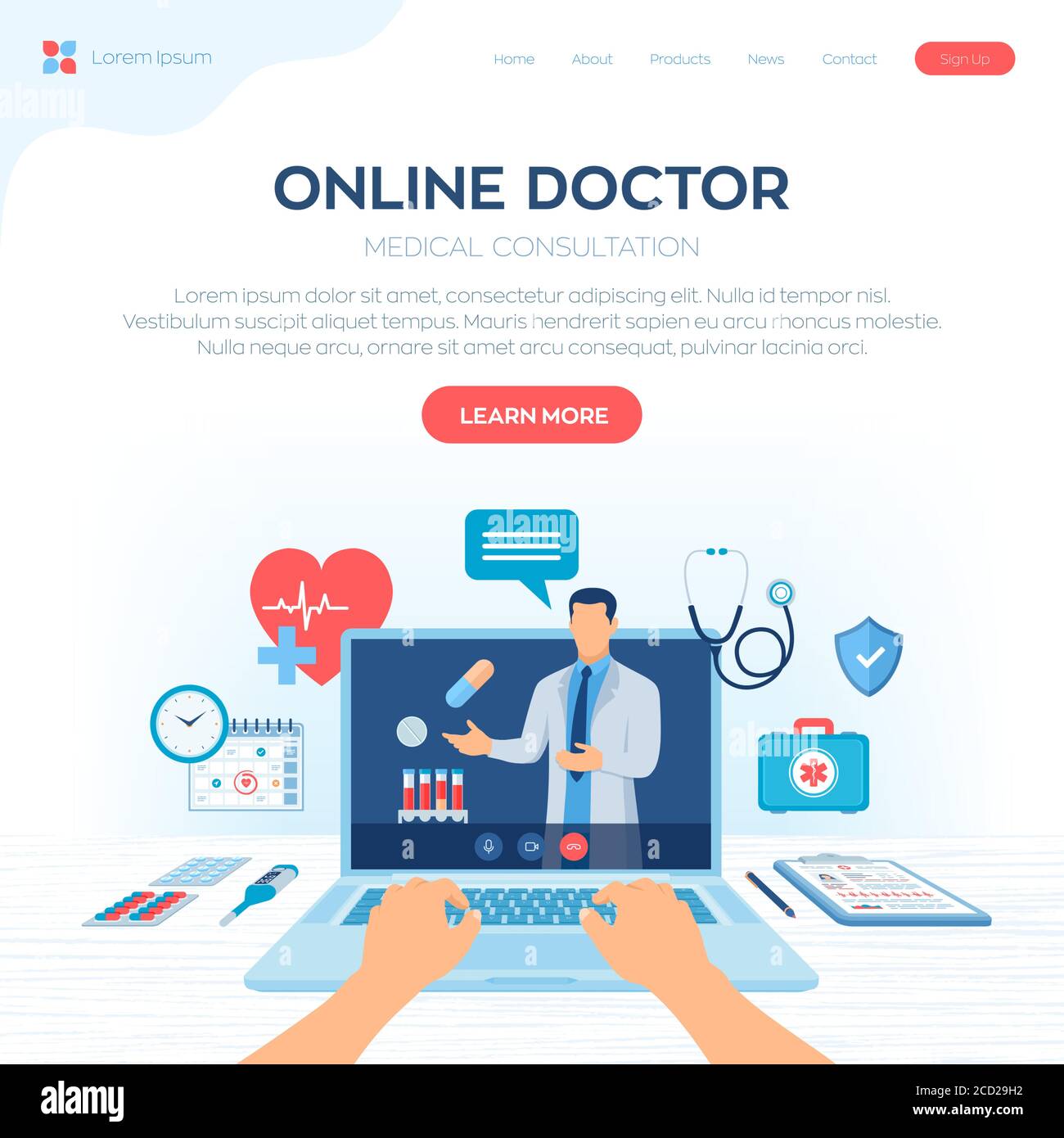Why Subscription Based Healthcare is Gaining Popularity Among Patients Today
Why Subscription Based Healthcare is Gaining Popularity Among Patients Today
Blog Article
Comprehending the Cost-Effectiveness of Subscription-Based Health Care Models
As the medical care landscape develops, subscription-based models emerge as a compelling option, guaranteeing to redefine exactly how individuals handle medical costs. Examining these designs' cost-effectiveness requires a nuanced comparison with conventional insurance coverage, thinking about both monetary implications and client complete satisfaction.
Summary of Subscription-Based Models
Subscription-based healthcare models, occasionally described as straight main care or concierge medication, are progressively getting interest as a potential remedy to inadequacies within standard health care systems. These models run on the concept of offering clients direct accessibility to health care companies through a annual or monthly fee, bypassing the requirement for traditional insurance policy systems. This arrangement intends to enhance patient-provider interactions by lowering administrative burdens, which usually impede customized and prompt care.
At the core of subscription-based models is the emphasis on a more individualized patient experience. People gain from boosted access to their medical professionals, typically consisting of same-day or next-day consultations, extended appointment times, and direct interaction channels such as phone or video telephone calls. This design cultivates a positive approach to medical care, where companies and people can collaboratively concentrate on preventative treatment and persistent disease administration.

Expense Contrast With Typical Insurance

Among the primary financial advantages of subscription designs is transparency in expenses. Individuals pay a foreseeable cost, which can simplify budgeting and monetary preparation. In addition, these versions typically eliminate co-pays and deductibles for covered services, reducing out-of-pocket spending. Conversely, traditional insurance may be more advantageous for people calling for specialized treatment or costly therapies not covered under a membership design, as they benefit from the broader coverage network and cost-sharing devices.
Nevertheless, cost-effectiveness is context-dependent. While subscription versions could provide financial savings for those mostly needing key care, people with chronic problems or specialized healthcare requirements might discover traditional insurance policy more thorough. For that reason, reviewing particular medical care requirements and possible usage is important in determining the most cost-efficient option for people.
Effect on Person Complete Satisfaction
Individual satisfaction within subscription-based healthcare designs commonly reflects a significant enhancement over standard insurance policy systems. This improvement is primarily credited to the customized treatment and availability these versions supply. Patients frequently report higher complete satisfaction because of minimized delay times and the simplicity of organizing visits. Unlike standard systems, where people could experience hold-ups in obtaining treatment, subscription-based versions make sure even more straight and timely interactions with healthcare service providers.
Furthermore, the transparency in prices connected with subscription-based health care reduces the usual stress associated to unexpected costs and complicated billing procedures seen in standard insurance (subscription based healthcare). People appreciate knowing the specific monetary commitment upfront, causing enhanced trust fund and self-confidence in their healthcare administration
Additionally, the focus on preventive treatment and wellness in get redirected here membership models adds to improved health and wellness outcomes, additionally enhancing individual satisfaction. By concentrating on ongoing health and wellness upkeep as opposed to anecdotal care, individuals experience an even more holistic and continual medical care journey.
Moreover, the boosted provider-patient relationship promoted in these versions, characterized by even more time invested per patient and individualized focus, plays an essential function in boosting patient contentment degrees, as people really feel truly looked after and understood.
Provider Experiences and viewpoints
From the service provider's perspective, subscription-based medical care designs offer a transformative method to supplying clinical solutions. These models stress a preventative and proactive healthcare technique, enabling carriers to concentrate on comprehensive client care without the constraints of conventional fee-for-service plans (subscription based healthcare). This shift in focus typically leads to enhanced client results and enhanced supplier contentment, as medical my review here care specialists can designate even more time and resources to client engagement and personalized treatment strategies
Additionally, membership designs help with predictable earnings streams, which boost monetary stability for doctor. This predictability permits for boosted resource planning and appropriation, adding to a navigate to this site much more efficient medical care distribution system. Companies can invest in team training, infrastructure, and modern technology enhancements, thereby boosting the high quality of treatment provided.
However, the shift to subscription-based models is not without obstacles. Companies must adapt to brand-new operational structures, which can involve substantial changes in payment practices and individual management systems. In addition, there is an inherent requirement for durable data monitoring to track patient results and ensure high quality treatment. Despite these obstacles, several service providers locate that the benefits of enhanced person interaction and streamlined procedures surpass the initial difficulties, making subscription-based designs an eye-catching choice.
Future Leads and Obstacles

A main difficulty is regulatory conformity, as registration designs should follow advancing medical care policies and insurance needs. This requires constant adaptation and technology to make sure alignment with lawful requirements. Additionally, incorporating these designs into existing medical care facilities can be complex, needing significant financial investments in innovation and training.
There is also the possible risk of developing inequities in medical care gain access to, as subscription designs might prefer those who can manage them, leaving vulnerable populaces underserved. Addressing this needs thoughtful factor to consider of prices strategies and subsidy devices to guarantee inclusivity.
Verdict
Subscription-based health care versions offer a viable alternative to conventional insurance coverage by using economic predictability and openness, specifically profiting people with persistent problems or constant medical care demands. The cost-effectiveness of these versions is contingent upon specific medical care use patterns and conditions.
Subscription-based medical care versions, occasionally referred to as straight key treatment or attendant medication, are progressively getting interest as a prospective service to inefficiencies within conventional medical care systems. Unlike traditional systems, where patients might experience hold-ups in obtaining treatment, subscription-based designs guarantee more straight and prompt communications with medical care carriers.
These versions stress a aggressive and preventative health care strategy, permitting carriers to concentrate on extensive client treatment without the restrictions of conventional fee-for-service arrangements. As these versions continue to gain grip, they provide the potential to change client access to care, enhance service distribution, and enhance healthcare investing.Subscription-based health care versions provide a viable choice to conventional insurance policy by using financial predictability and openness, particularly profiting people with chronic problems or regular medical care needs.
Report this page